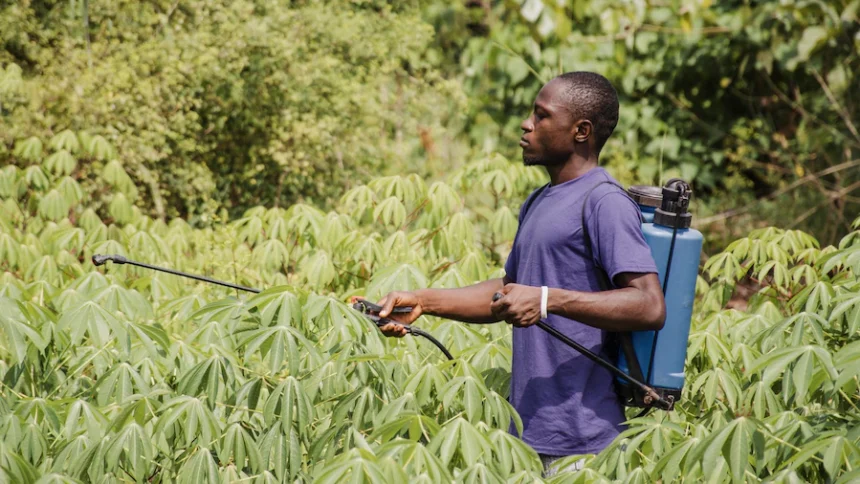Sustainable pest and disease management is crucial for the long-term viability and environmental health of South African agriculture. The agricultural sector in South Africa faces various challenges, including pests and diseases that can significantly impact crop yields and quality. Implementing sustainable pest and disease management practices is essential to minimize the use of harmful chemicals, protect natural resources, and ensure the resilience of agricultural systems.
Here are some key strategies and approaches for sustainable pest and disease management in South African agriculture:
- Integrated Pest Management (IPM): IPM is an effective and sustainable approach that combines multiple pest control methods to manage pests and diseases. It involves monitoring pest populations, using cultural practices to reduce pest pressure, implementing biological control methods, and employing chemical control as a last resort. IPM promotes the use of environmentally friendly and economically viable strategies to minimize the risks associated with pesticide use.
- Crop Rotation and Diversification: Planting a diverse range of crops and implementing crop rotation practices can disrupt pest and disease cycles. By alternating crops, farmers can reduce the build-up of pests and diseases specific to particular crops. Additionally, planting different crops helps to improve soil health, reduce soil-borne diseases, and enhance overall ecosystem resilience.
- Biological Control: Biological control involves using natural enemies, such as beneficial insects, parasites, or predators, to control pest populations. This method can be effective in reducing pest populations without relying heavily on chemical pesticides. The introduction of beneficial organisms into the agricultural ecosystem can help maintain a balance between pests and their natural predators.
- Resistant Varieties: Planting crop varieties with inherent resistance to pests and diseases is an important aspect of sustainable management. Breeding programs and genetic engineering techniques can be utilized to develop crop varieties with improved resistance traits. Growing resistant varieties can reduce the need for chemical interventions and minimize yield losses due to pests and diseases.
- Education and Training: Promoting awareness and providing training to farmers, agricultural extension workers, and other stakeholders is essential for successful pest and disease management. Educating farmers about sustainable practices, including the identification of pests and diseases, implementing preventive measures, and adopting appropriate control strategies, can empower them to make informed decisions and effectively manage agricultural pests and diseases.
- Monitoring and Early Detection: Regular monitoring of fields and early detection of pests and diseases are crucial for timely interventions. Early identification allows for targeted control measures and reduces the reliance on broad-spectrum pesticides. Farmers can use various tools and techniques, such as traps, pheromones, and visual inspections, to monitor and detect the presence of pests and diseases.
- Data-driven Decision Making: Collecting and analyzing data related to pest and disease occurrence, weather patterns, and crop health can provide valuable insights for decision-making. Integrated pest management systems often leverage digital technologies, such as remote sensing, predictive modeling, and data analytics, to optimize pest and disease management strategies. Data-driven approaches enable farmers to make informed decisions based on real-time information, improving the efficiency and effectiveness of pest and disease management.
Implementing sustainable pest and disease management practices requires collaboration among farmers, researchers, government agencies, and other stakeholders. By adopting these strategies and approaches, South African agriculture can minimize the negative impacts of pests and diseases while promoting the long-term sustainability of the sector.
Join 'Farmers Mag' WhatsApp Channel
Get the latest Farming news and tips delivered straight to your WhatsApp
CLICK HERE TO JOIN






